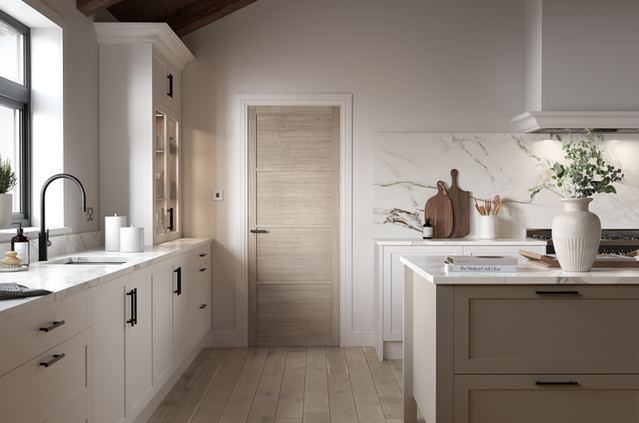We all love good traditional oak doors and many of us have them installed in our homes, but here are five of the most famous doors in the world. Historically, culturally and politically significant these are the five doors that you should really see in and around Europe!
York Minster Doors – England
Although built around 1215, there had already been in its place, a much smaller minster which had been on the grounds since 627.
Although wooden at the time of construction, this was then changed to stone church and around 1100, the Normans of York replaced this church with a much larger replacement; some of which now forms the current York Minster.
Truly Northern Europe’s largest Gothic Cathedral, as anyone who has been there will tell you, with great walls, come great doors.
Indeed, the doors at the front of the Minster are huge; which pretty much sums up the rest of the building too as the tower of the Minster weighs the same as 40 jumbo jets.
Not bad for a building that was built nearly 700 years ago!
The Holy Door/Door of the Great Pardon – Italy
The Holy door, as probably observed by its title, is one of the holiest doors in the Catholic world. Opened only once every twenty five years, the door represents Jesus, the Good Shepard and the
gate of the sheep pen.
Upon the time of opening, on the first day of the Holy Year, the residing Pope will strike the brick wall with a hammer wherein the door will open to pilgrims who come to prey from all corners of the earth.
Upon the end of the holy year, the door is then walled up from within for another twenty five years. The last pope to open the holy door was Pope John Paul II in 2000, wherein the masonry of the wall fell on the third knock of his hammer.
The door is not due to open again until the December of 2025; who knows which Pope will be then incumbent for the ceremony.
The Imperial Gate – Turkey
Found within the Topkapi Palace in Istanbul, Turkey the Imperial Gate is found on the main street leading to the palace and would have been used only by the Sultan himself to enter the palace.
In Turkish, the gate is known as Bâb-ı Hümâyûn, otherwise known as “Gate of the Sultan”, and is located to the south of the Palace. The gate itself originally dates from 1478, though it is now covered with 19th-century marble. Above the doors themselves read verses of the Quaran with one of the inscriptions reading:
“By the Grace of God, and by His approval, the foundations of this auspicious castle were laid, and its parts were solidly joined together to strengthen peace and tranquillity… May God make eternal his empire, and exalt his residence above the most lucid stars of the firmament.”
Today the palace stands as a history museum.
The Florence Baptistery – Florence, Italy
Otherwise known as Battistero di San Giovanni, the building is a religious building which stands just across from the Duomo cathedral and the Giotto bell tower.
It stands as one of the oldest buildings in the city, having been built between 1059 and 1128 in what is considered as Florentine Romanesque style.
What makes the building particularly renowned however, is its three sets of bronze doors which were hand carved by Andrea Pisano, Lorenzo Ghiberti.
Ghiberti himself toiled on the east doors of the building for no less than 27 years; the work depicting scenes from the Old Testament.
10 Downing Street – England
More commonly known as Number 10, the door serves as the headquarters of Her Majesty’s Government and is one of the most famous addresses in the world, bearing too one of the most famous doors.
Over three hundred years old, the building contains one hundred rooms with a private residence on the third floor and a kitchen in the basement.
The door itself was designed in 1766 after the building was redesigned though was probably not installed until around 1772.
Interestingly, if you were to look closely at the zero within the ten you will notice that it is slightly at an angle; this is to nod that the original number 10 also had a badly fixed zero. Upon the inscription of the letter box, the text reads ‘’First Lord of the Treasury’’.
After the IRA mortar attack in 1991 however, the door is now made of reinforced steel and takes eight men to fit it. The original now lies in exhibition at the Churchill Museum at the Cabinet War Rooms.













Comments